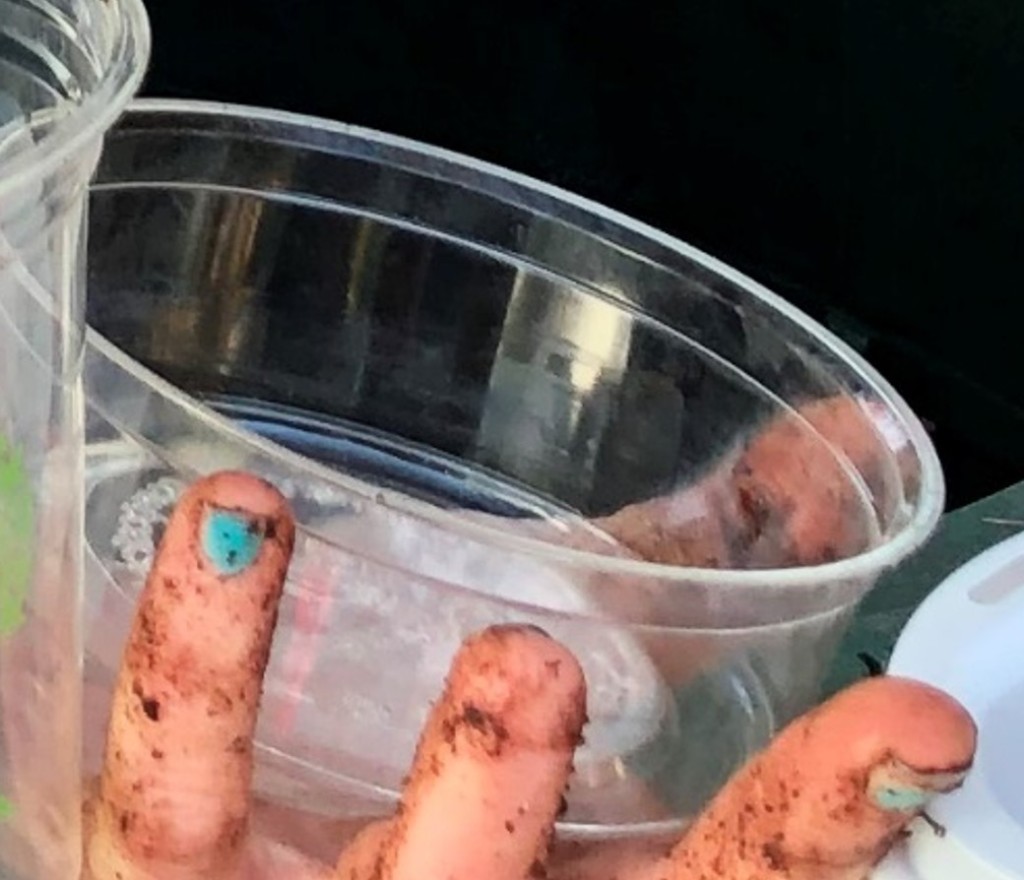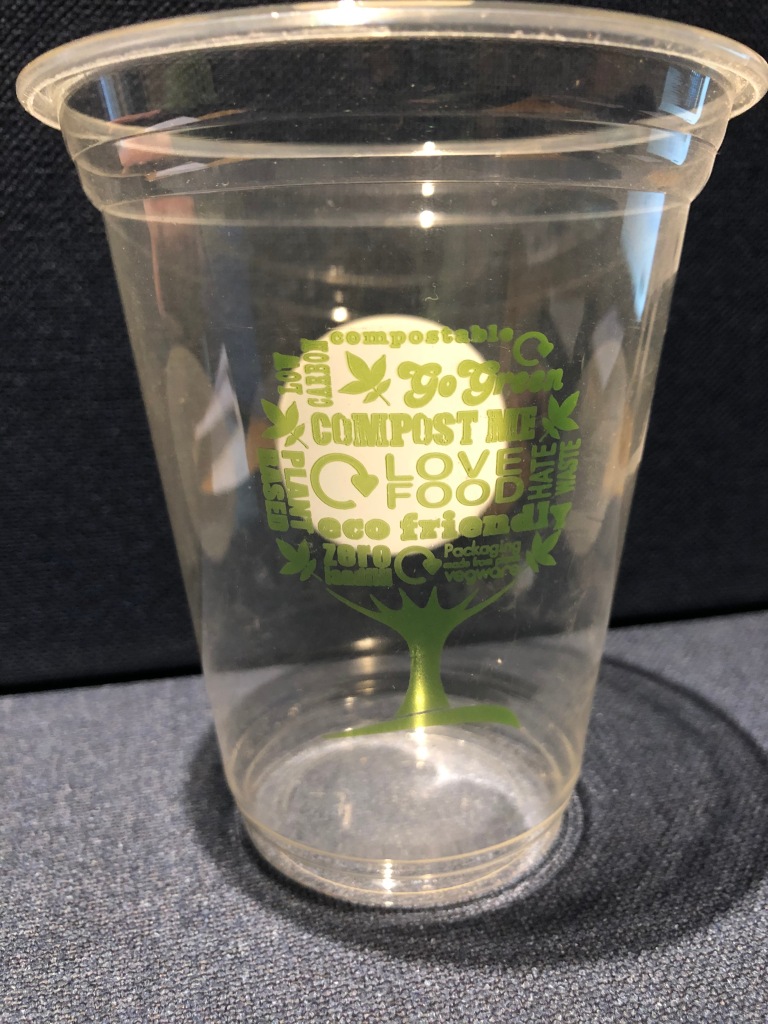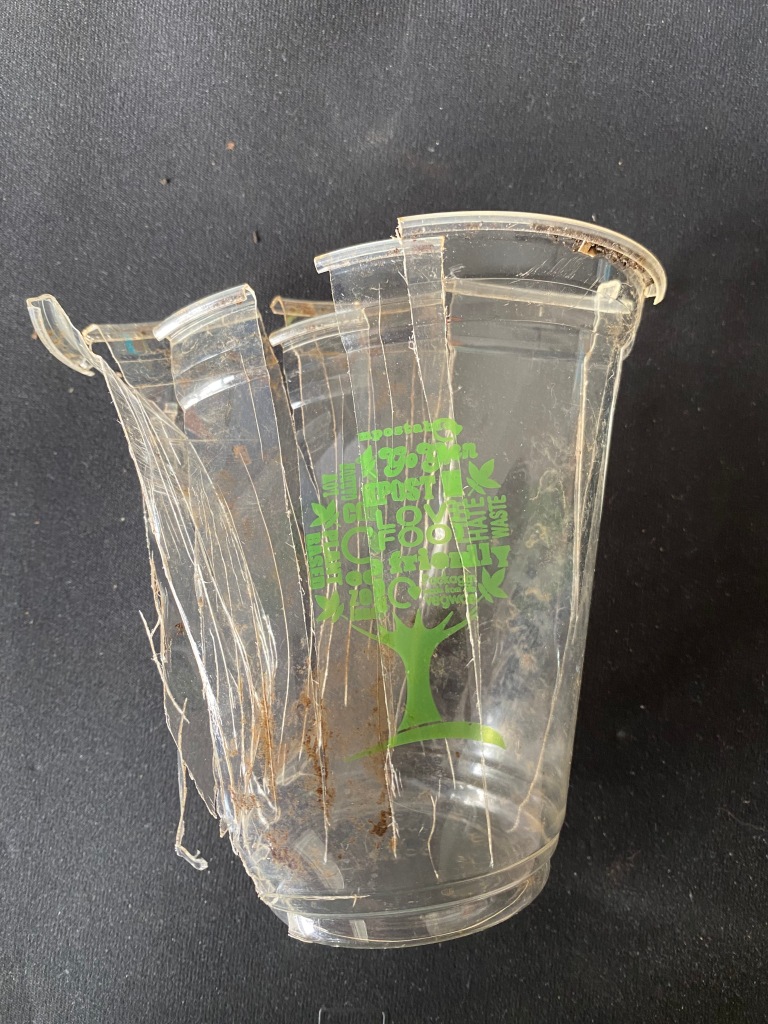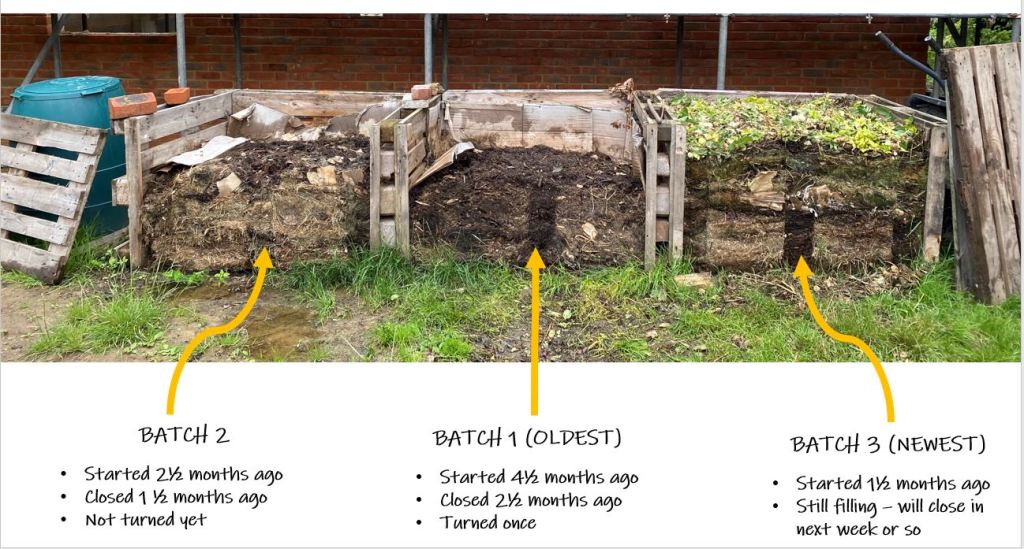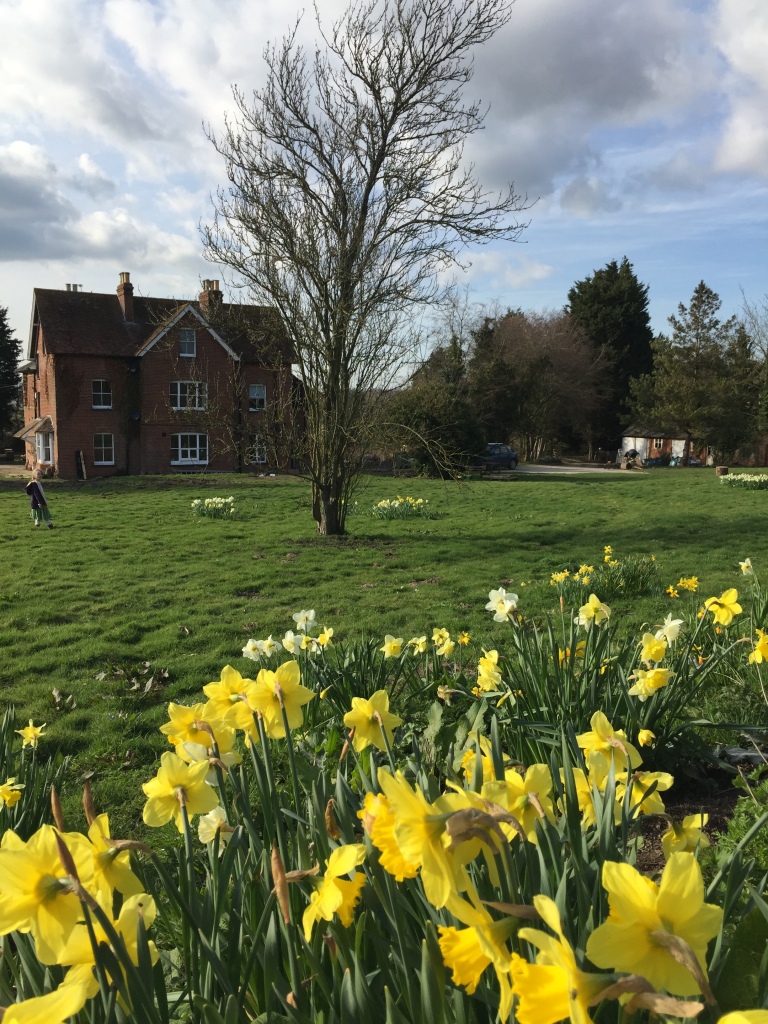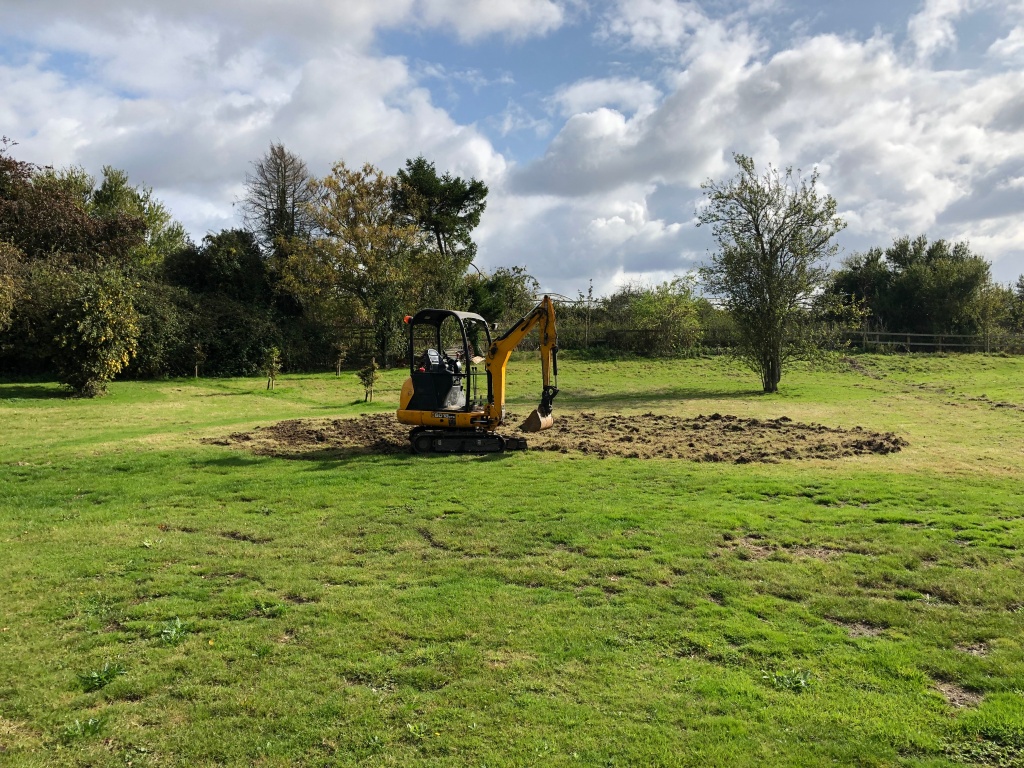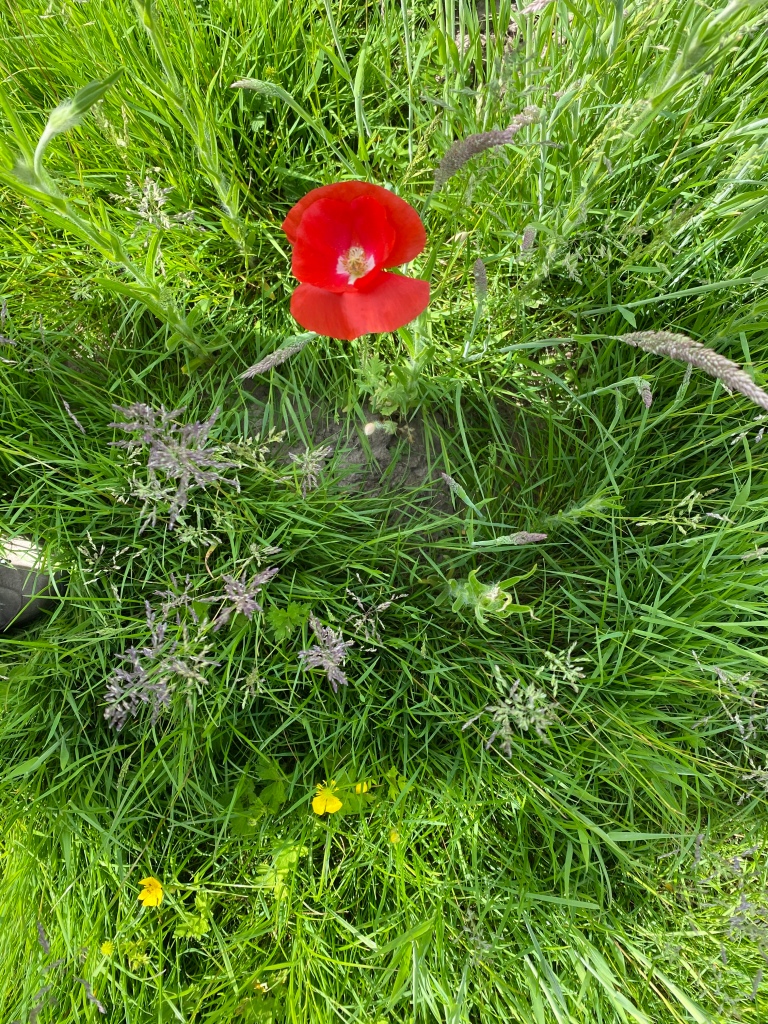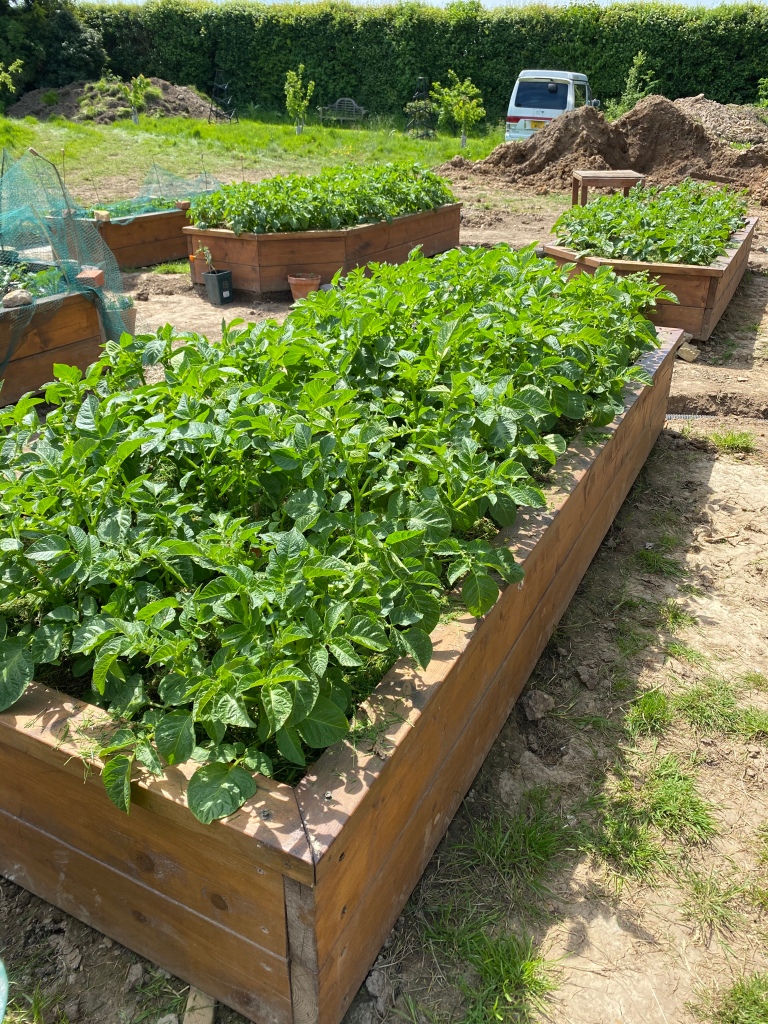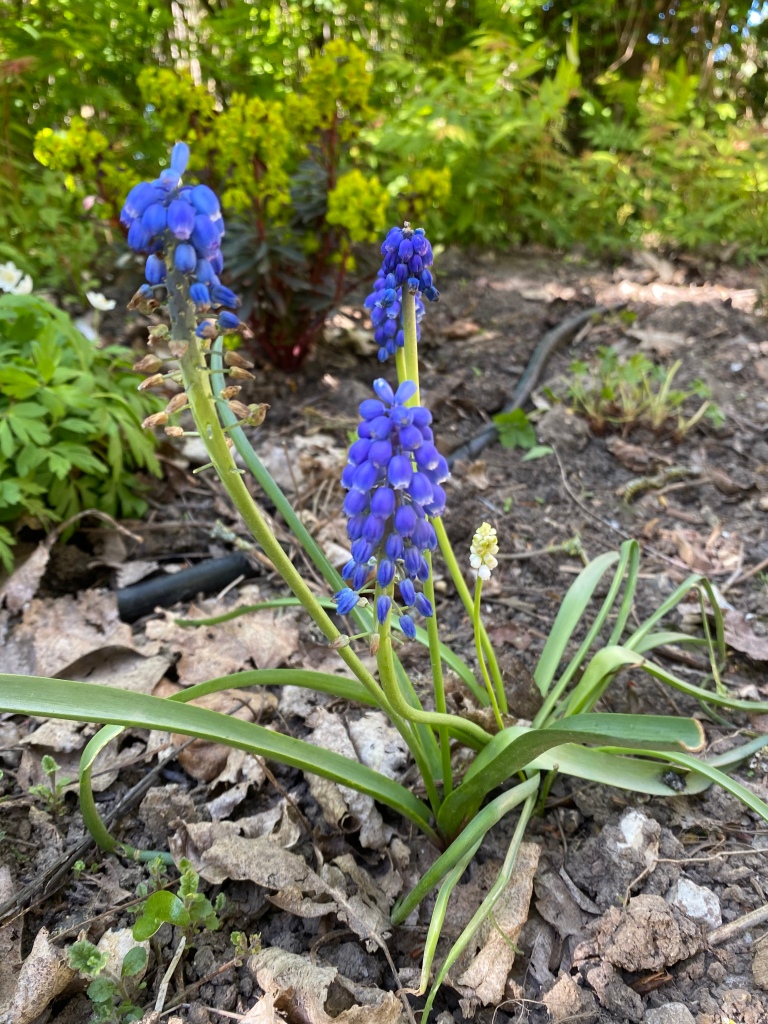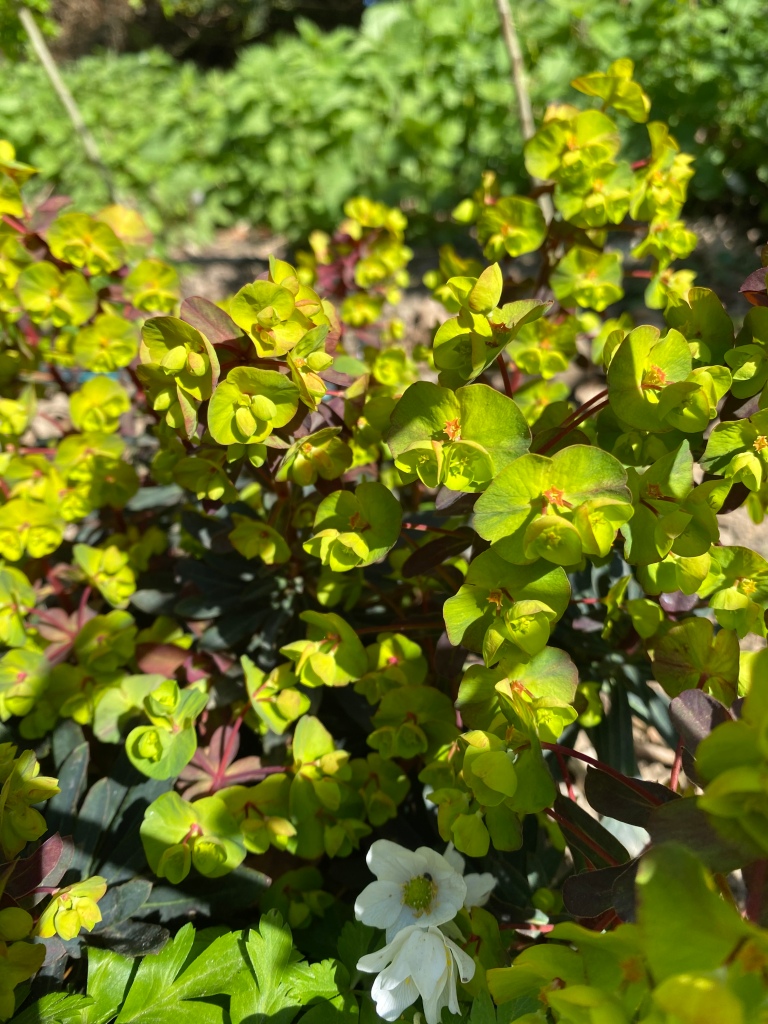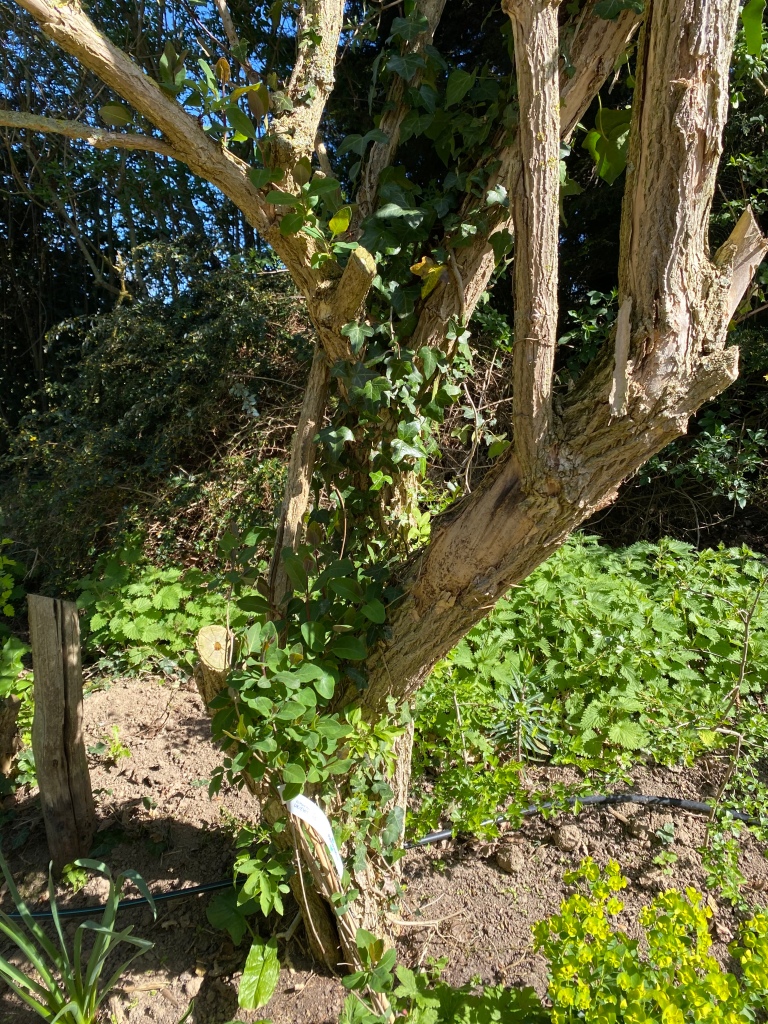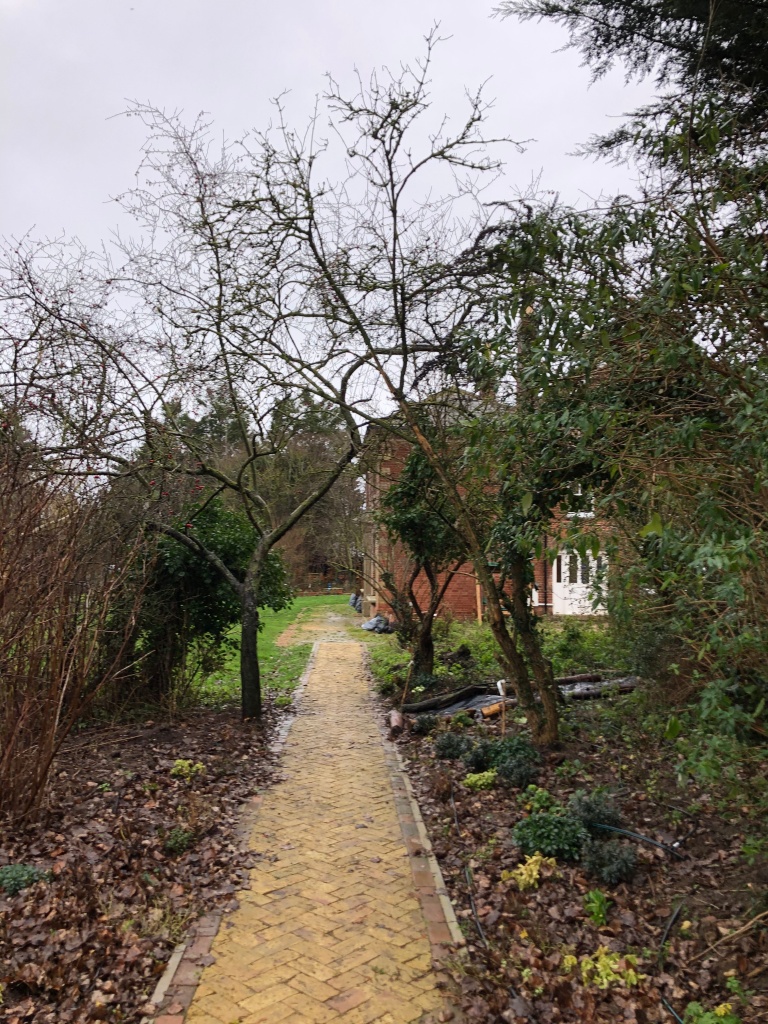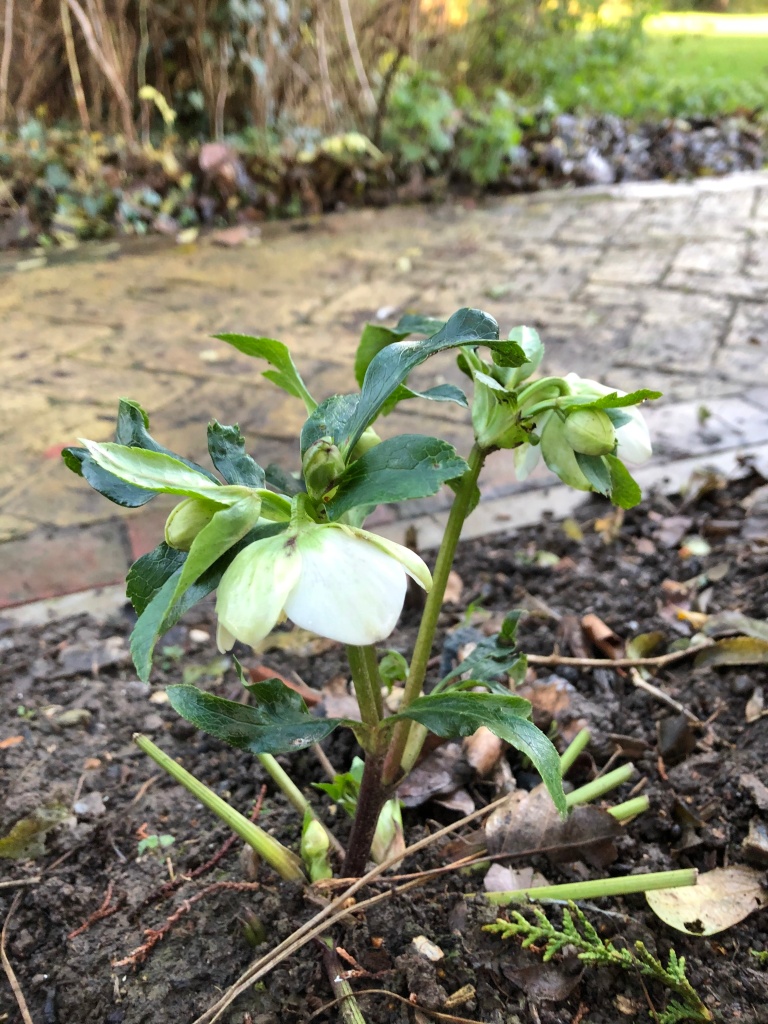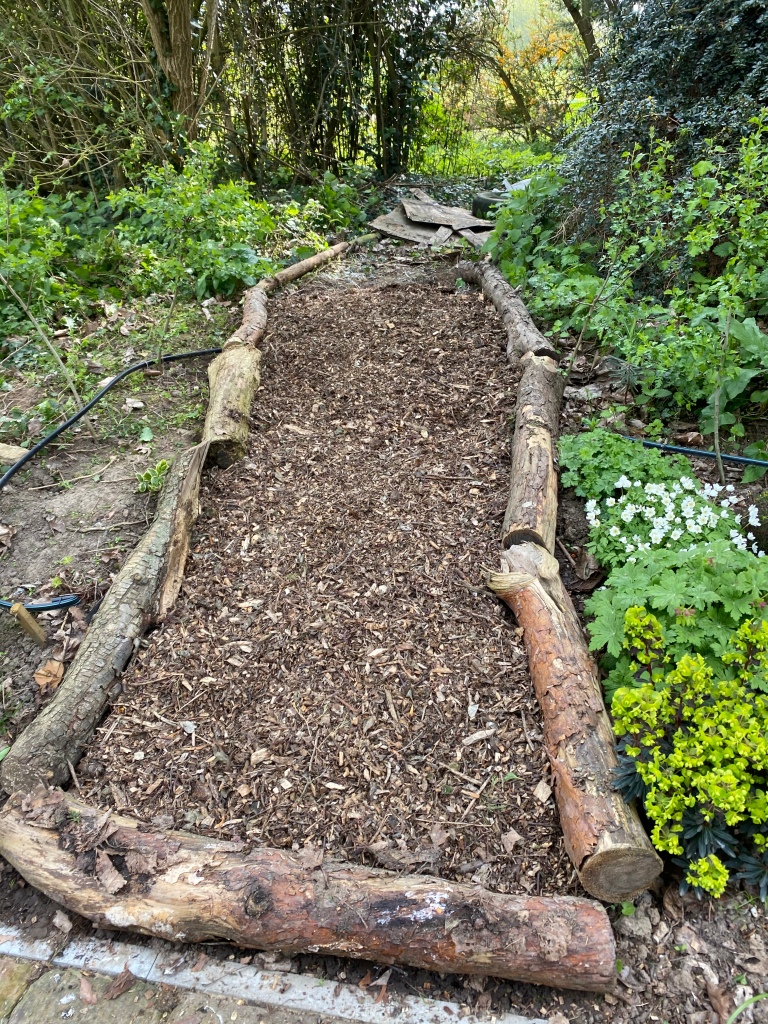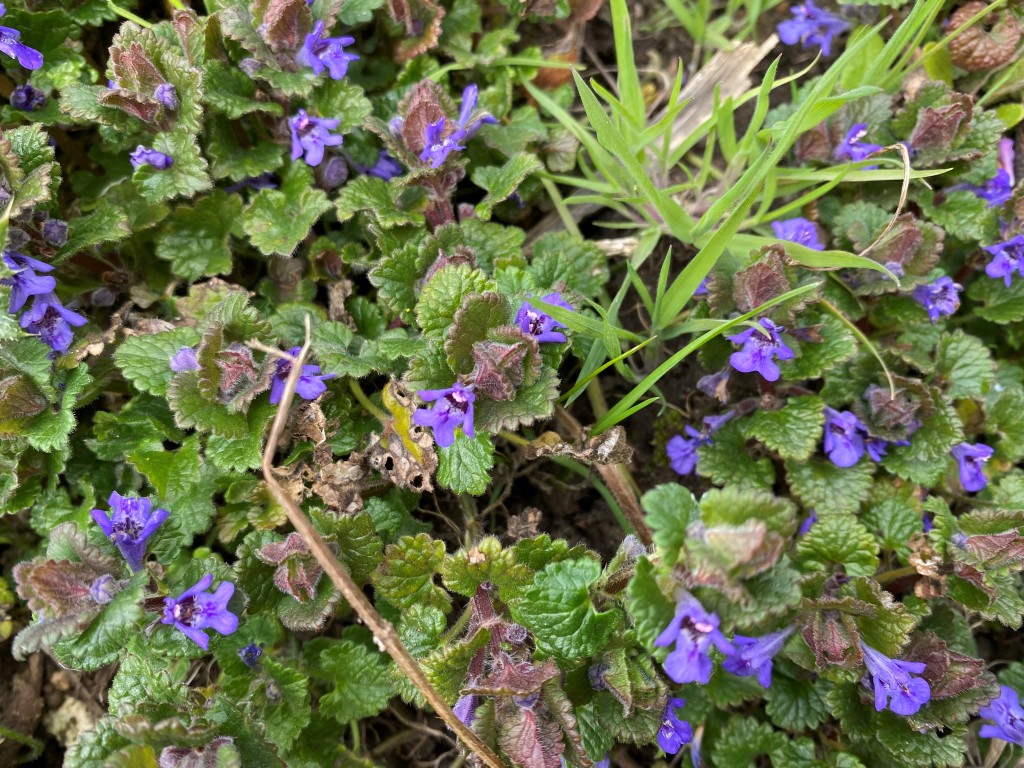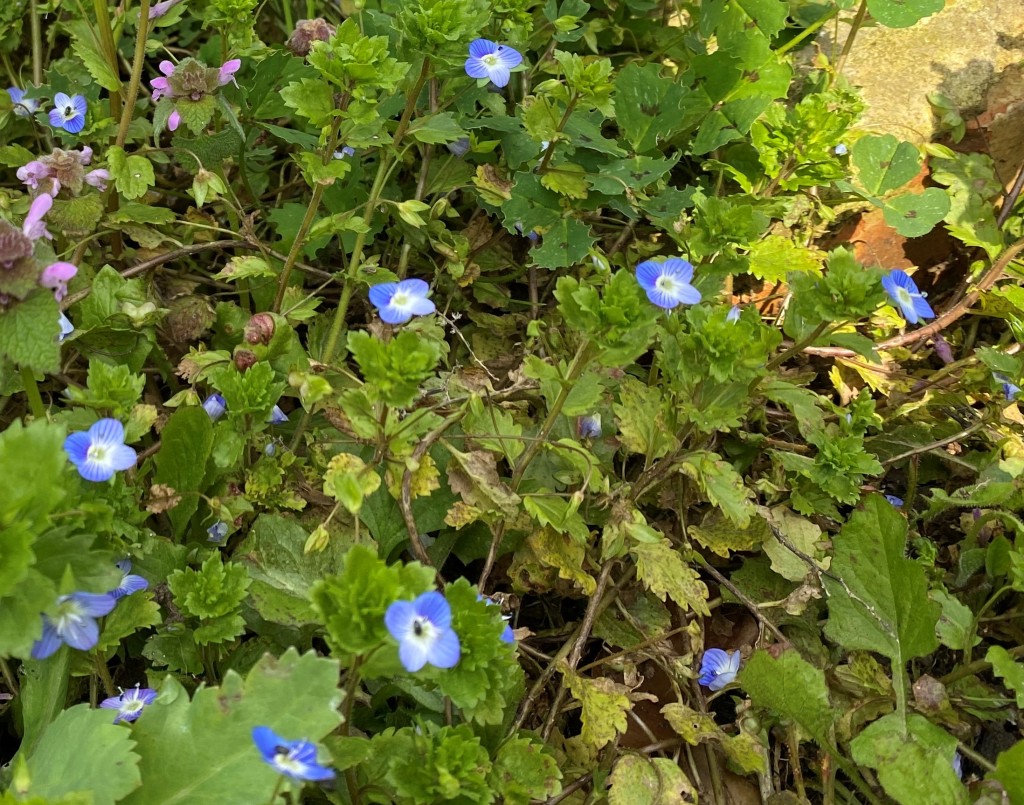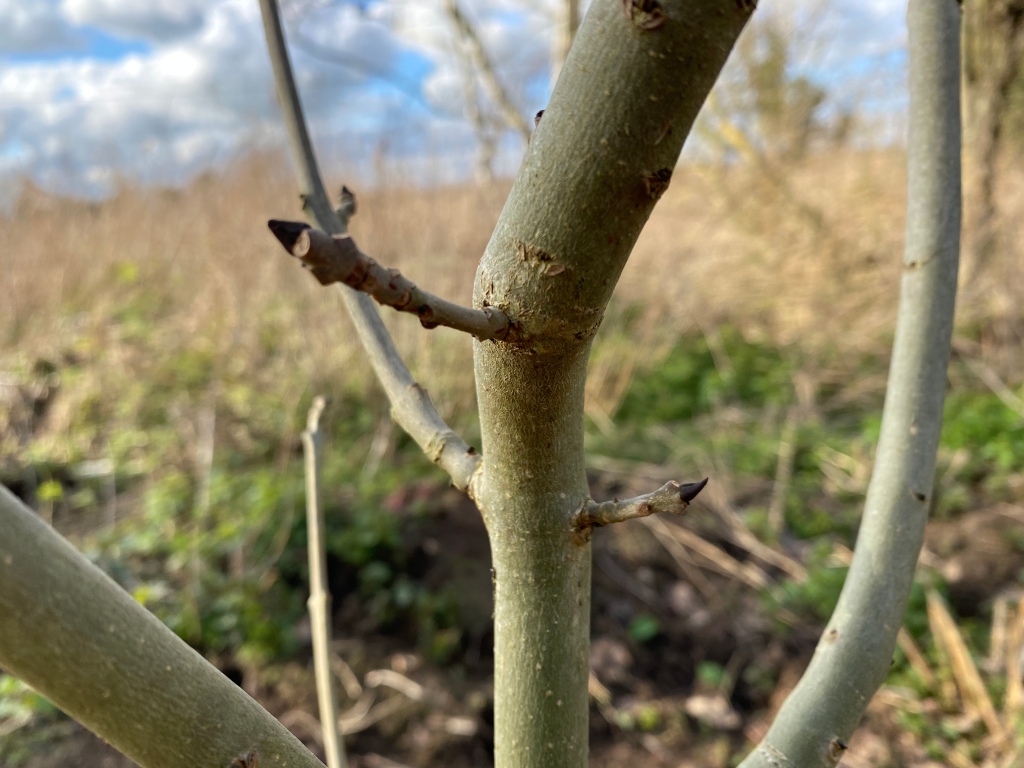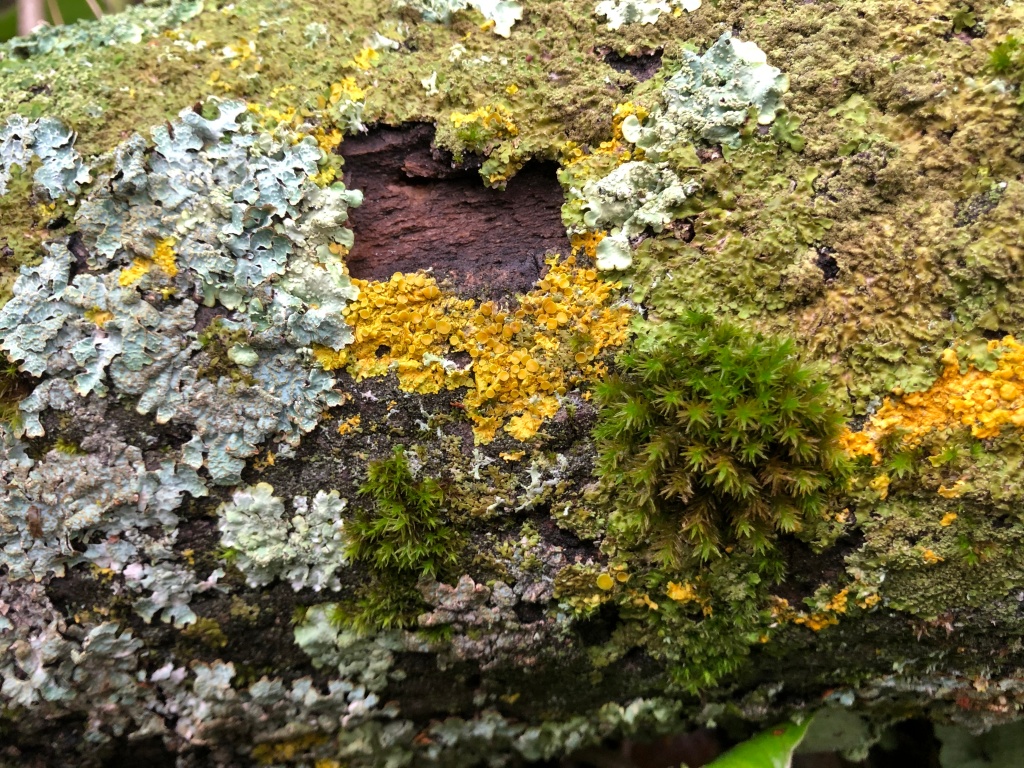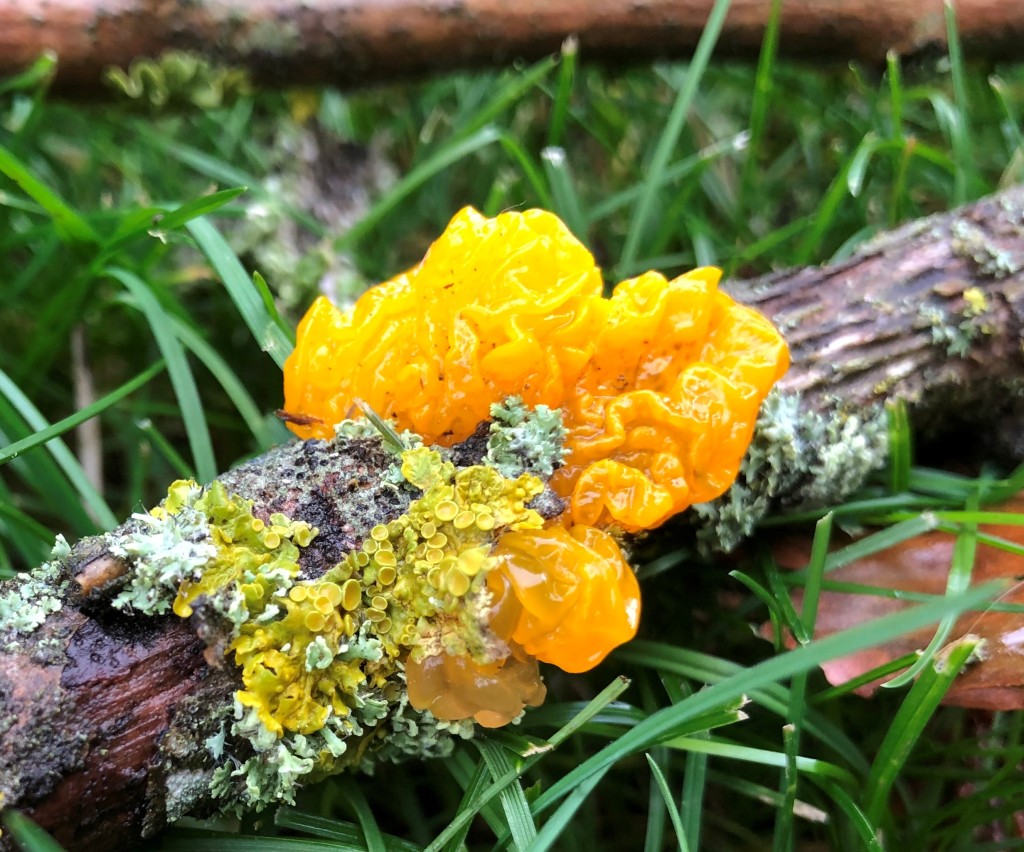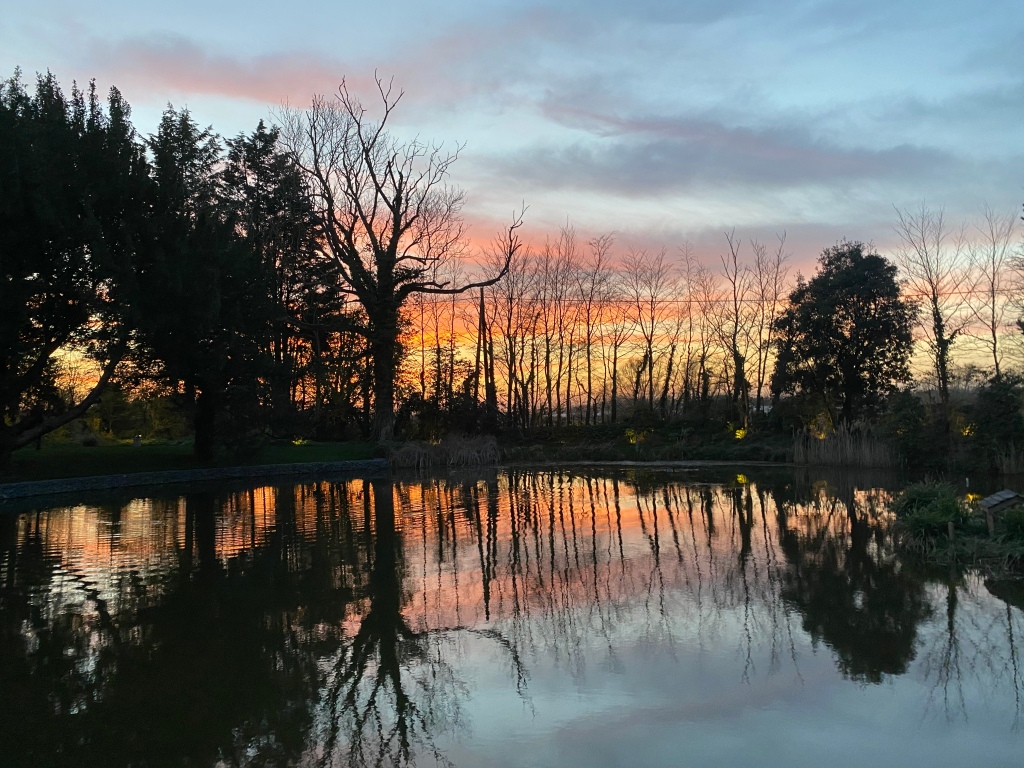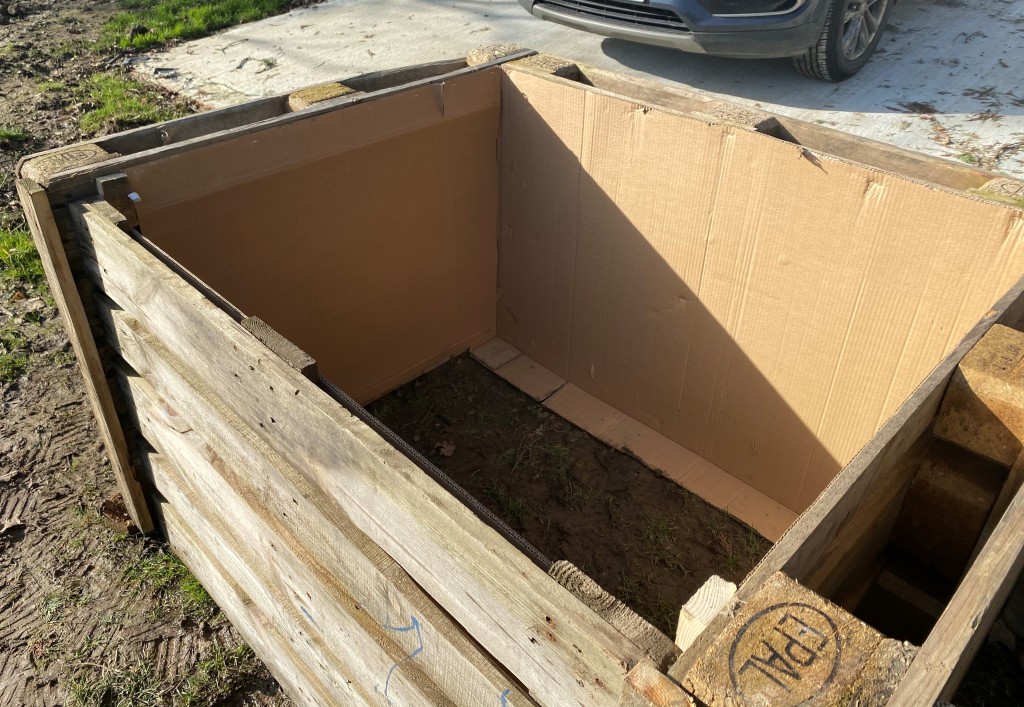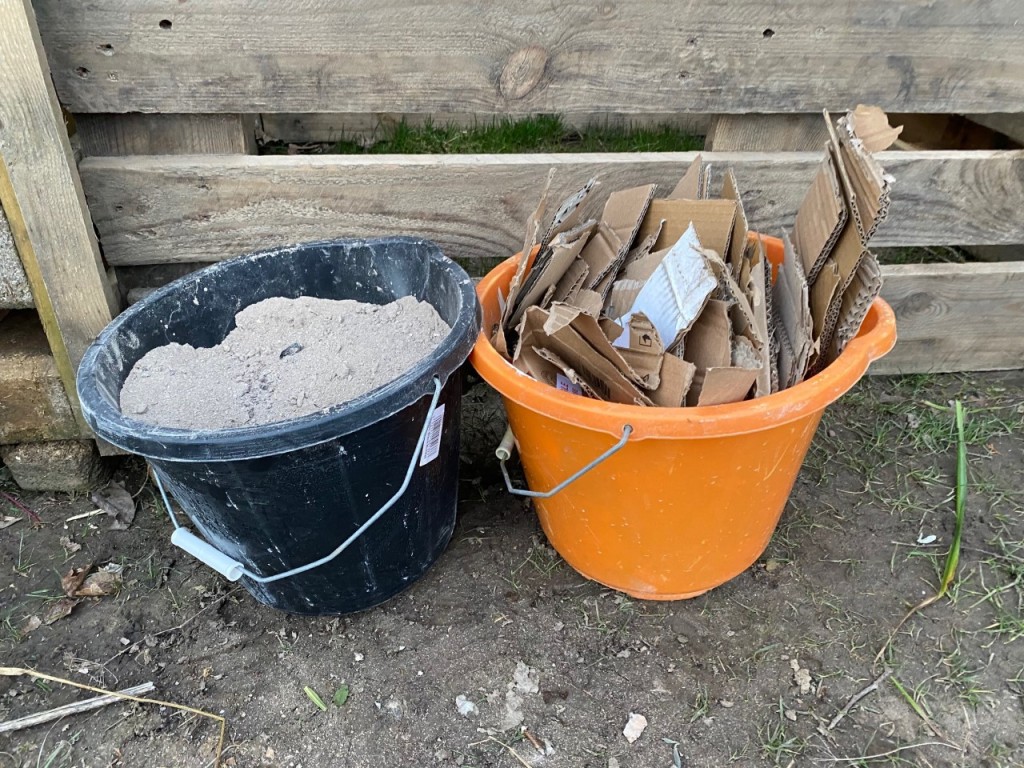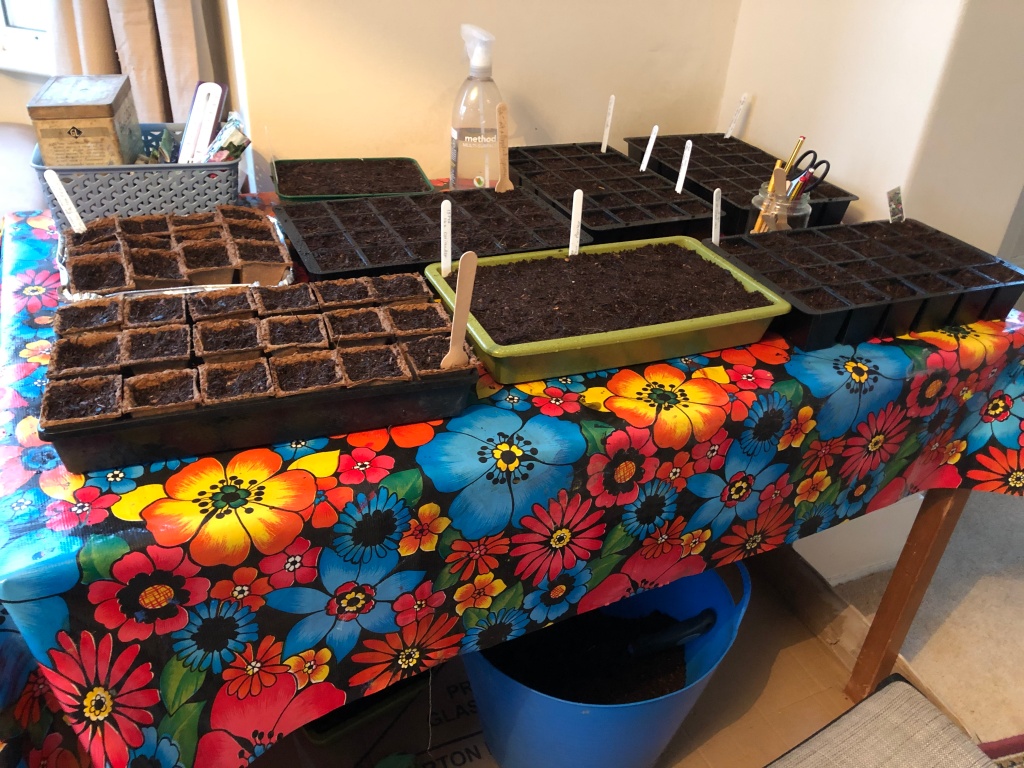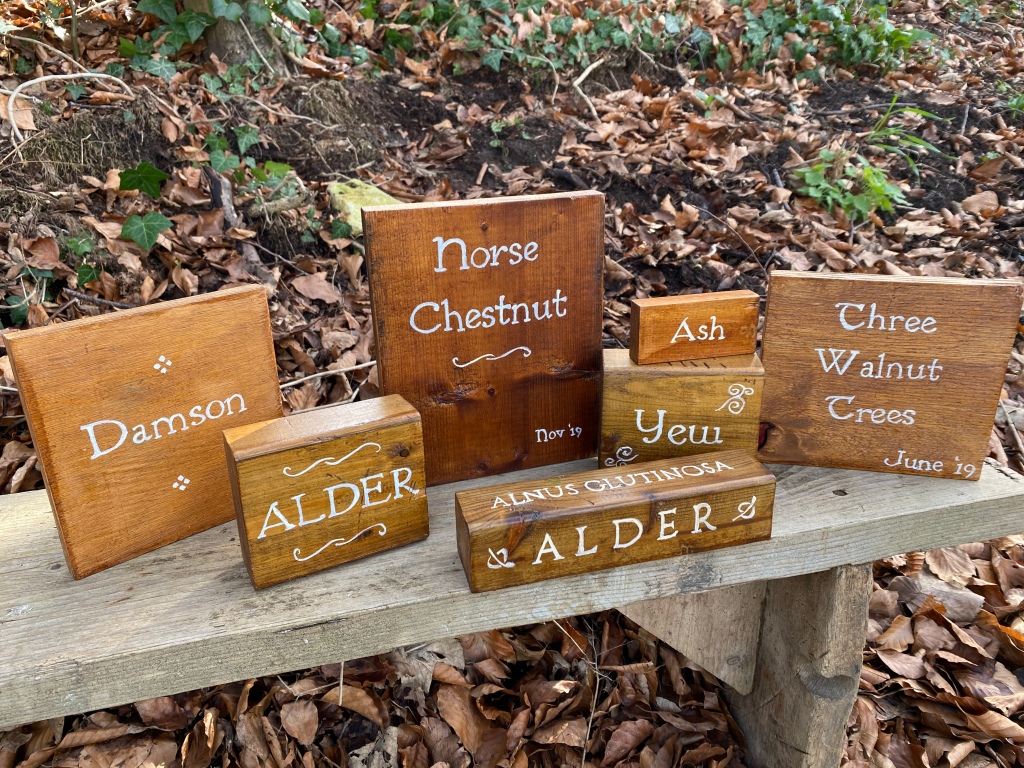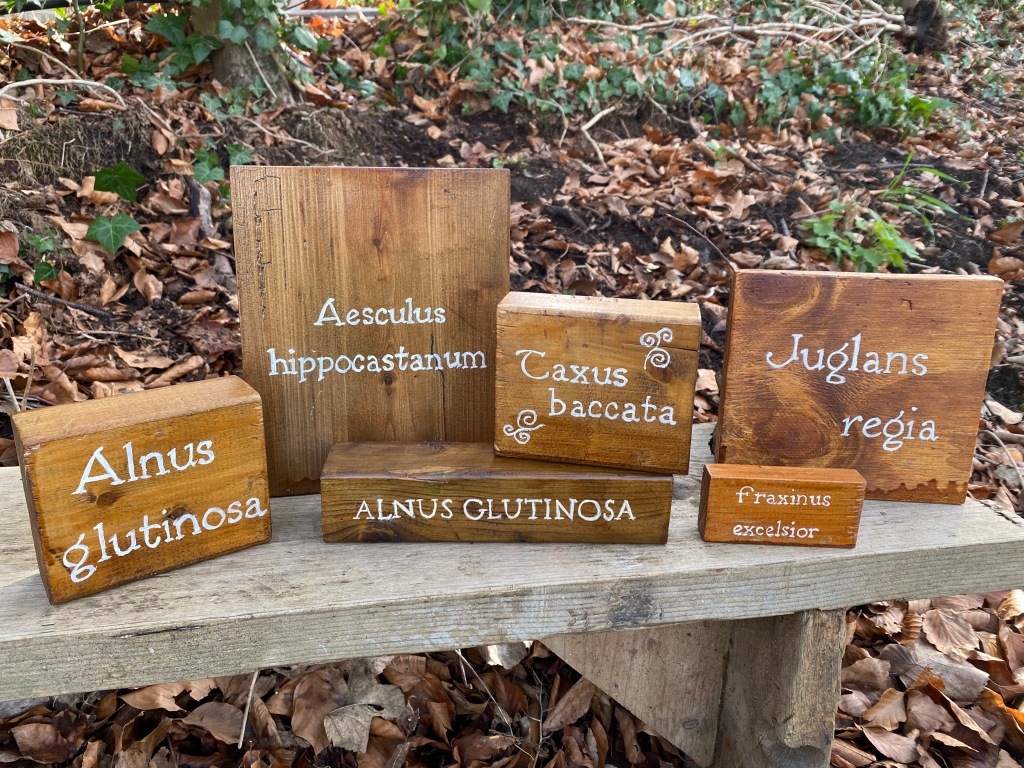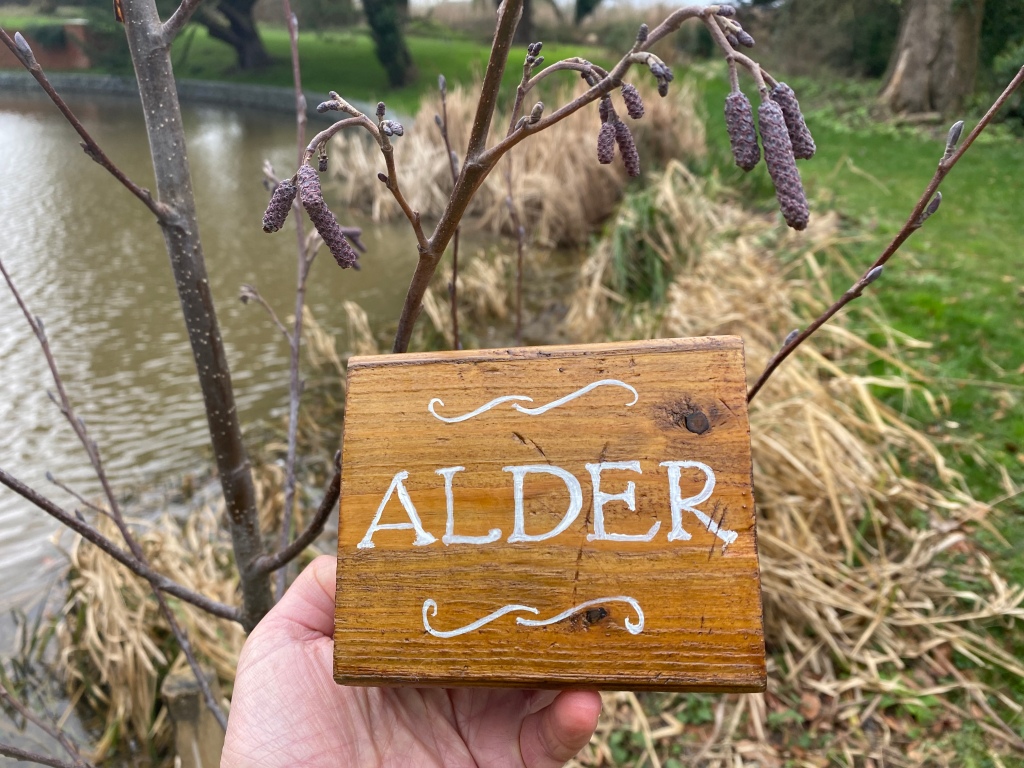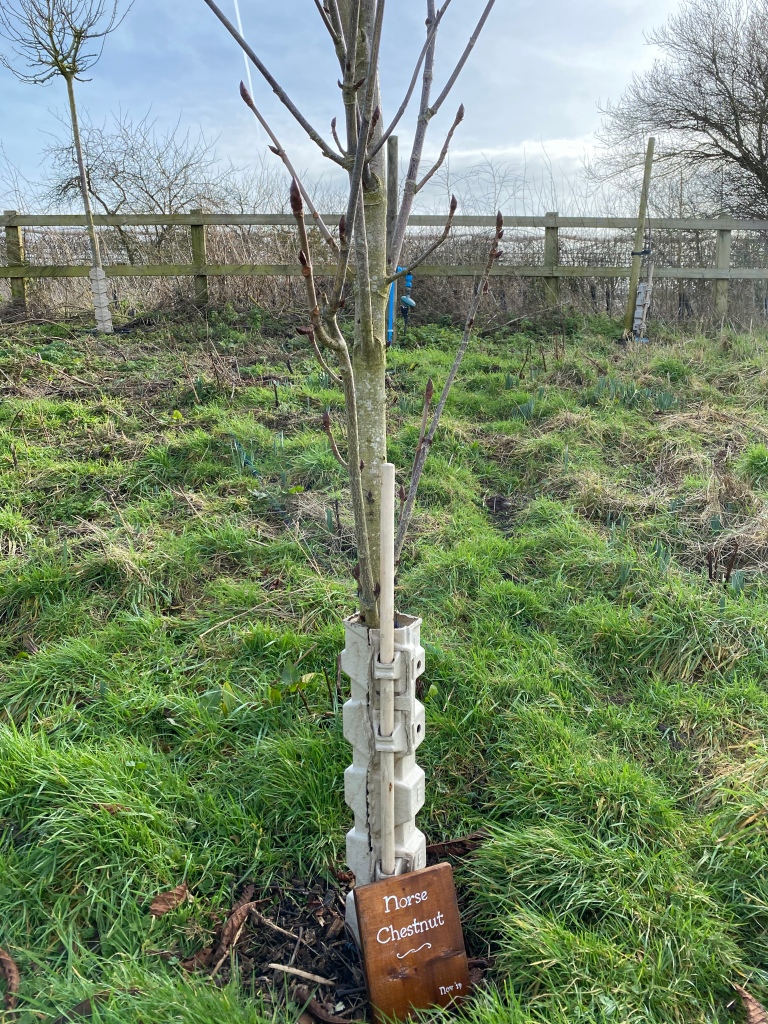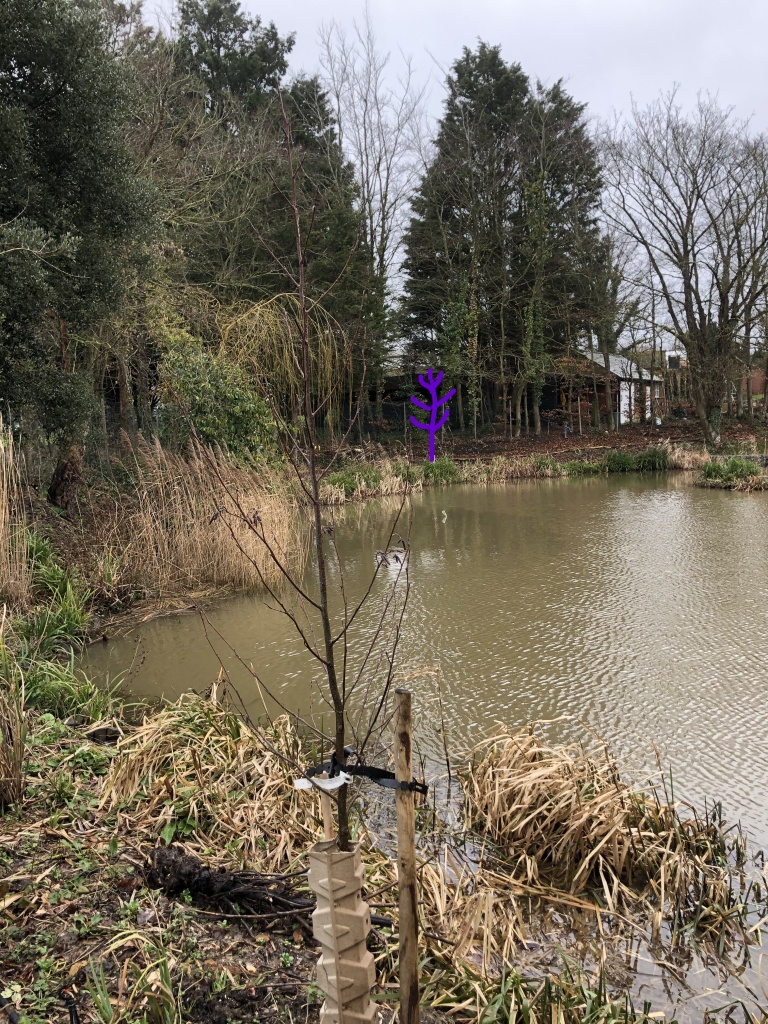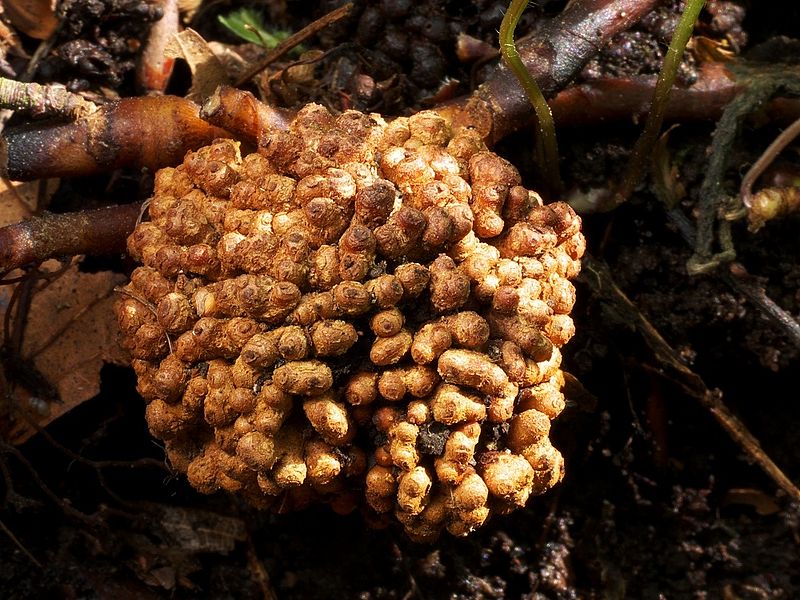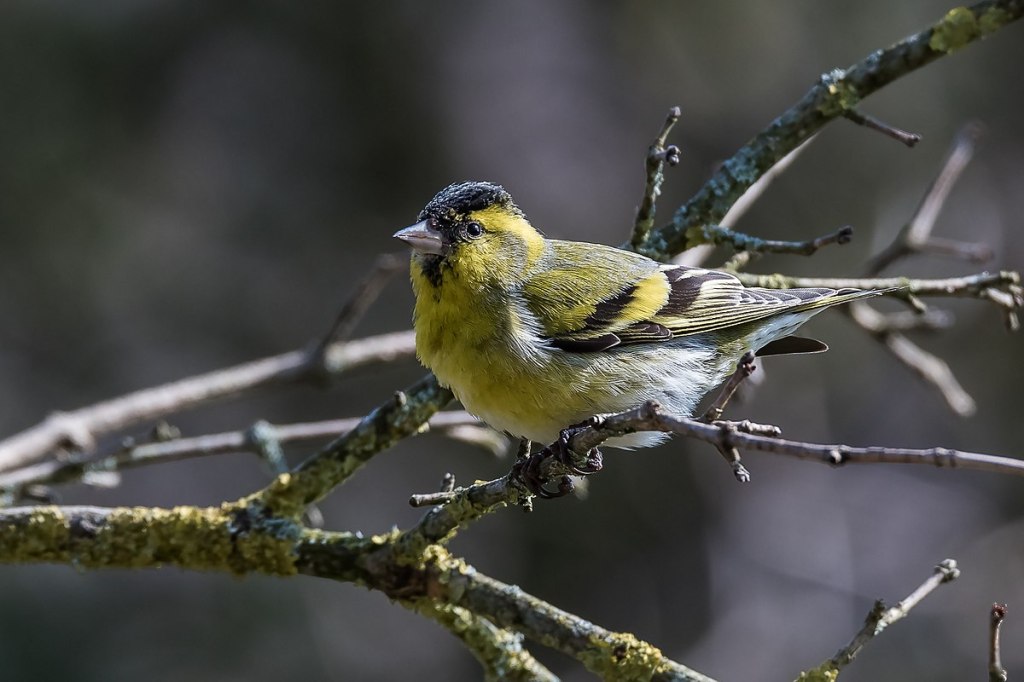Returning to the Big Compost Experiment

As you may have noticed, I’m getting increasingly nutty about compost (currently researching compost loos and humanure – hahaha! watch out for more on that). Now that I’m finally getting the hang of it, I’m beginning to reap the ‘black gold’ rewards. It really it the BEST FUN opening my bin and digging out all that wonderful dark brown crumbly compost that a few months before had been the slimey contents of our food scraps bin.
I emptied out one of my Green Johanna bins (pictured above) just a few weeks ago after having left it for 5 months to mature, with no new additions. It was joyful as always to scoop out all the compost…

But I was also really curious to discover the results of my experiment – my small contribution to UCL’s Big Compost Experiment. Would the ‘compostable’ plastics that I put in when I started the bin off in November still be there, or would they have composted along with the food scraps and garden cuttings?
Drum roll……
And, hmmm…. a mixed picture. Let me run you through it.
The Results
Item 1 – Paper hot drink cup with starch-based plastic lining
This was great news because there was no sign of it at all. Paper and cardboard compost really easily so no surprise about that. The plastic lining of these cups is so thin that we barely notice it, so it makes sense that it composted easily – just as a thin lettuce leaf would perhaps.
Item 2: Hot drink cup lid made of plant-based plastic (PLA)
The thicker plastic of the lid was a different story. Pretty much the whole of the lid was still recognisable, although it was now in fragments and the opaque white colour had become mottled in parts. Obviously this item needs quite a lot more time in the compost bin, or different conditions, to decompose effectively. The mottling and fragmentation could be early signs of decomposition, but it seems just as possible that the breaking is simply damage from being squashed in the bin.
Item 3: Salad pot made of plant-based plastic (PLA)
With this third item, a clear plastic salad pot, there was no visible evidence of decomposition at all. The pot was cracked but was that simply damage from being in the bin?
As an aside though, I also found another pot of the same type that wasn’t one of my official experiment items so I don’t have a record of when I put it in. However, I think it had already had a stint in a bin – perhaps 6 months or more – been pulled out as a ‘reject’ and put into this batch to ‘go again’. So it’s probably had 18 months or so already in the bin. As you can see, it’s warped in places, and is more opaque, so material changes are definitely occurring…but still it has the same weight/strength that it started with. I would guess it still has at least 12 months more to go.

Item 4: Cup made of plant-based plastic (PLA)
Finally, the clear plastic cup, and again the only change was breakage that could as easily have been caused by crushing as by any biological/chemical changes.
My results are consistent with the results so far submitted by other home composters who have taken part in the UCL study. The most recent report states that 71% of participants said the compostable items were still visible at the end of their usual time-frame for producing compost (for most people this was 12 months), and only 32% reported that the items were no longer visible.
Conclusions & Questions
So, three out of four of my compostable items haven’t composted…yet. What to conclude from all this? It brings up so many questions doesn’t it? I’ve been looking into some of these and will share what I’ve found out so far…
Will the items compost eventually? They will, but based on progress so far, I think it could take at least another year- probably more. It’s just the same with ordinary organic material – soft and moisture-rich ingredients like fresh grass and leaves compost in no time, harder, drier ingredients like woody stems or fruit stones take longer, and twigs and branches aren’t really worth putting in at all as they take so long. I suspect that it’s the same story with compostable plastic. The thin stuff like the lining on the cup and the bags we can buy to put food waste in compost easily, but more sturdy plastics, like the lid, pot and cup in my experiment may take so long that they just become a nuisance. It would probably be quicker in a hotter bin, which I do have (this one was only a few degrees above ambient temperature, but I have another than gets up to 70 degrees C), but only because I work really hard at maintaining it. Most people don’t have the kind of time and obsession for it that I have!
What is PLA and what will it become when composted? PLA is a polymer commonly used to make semi-rigid single-use items like items 2, 3 and 4 in my experiment. It stands for poly-lactic acid and is made from lactic acid, an acid that is also found in fermented foods such as kimchi and yoghurt. Like us, soil microbes like to eat this acid and use it to grow. So eventually PLA plastic becomes biomass.
What does ‘commercially compostable’ mean? The salad pot, made by well-established eco-packaging company Vegware, is labelled ‘commercially compostable’. This is Vegware trying to be clearer with consumers about the fact that they can only guarantee that the plastic will compost in a reasonable time frame if the process takes place in a commercial/industrial setting where high temperatures and specific air and moisture levels can be consistently maintained. The EU standard for this requires the compostable plastics to disintegrate after 12 weeks and completely biodegrade after six months. Obviously this is very different to what is happening in home composters’ bins based on mine and UCL’s research results.
Does the council compost compostable plastics? Very few councils in the UK (perhaps none?) send compostable plastics for composting in the industrial composting facilities mentioned above, including my own here in Kent. You might think that they could be added to the food or garden waste that many councils collect, but this is not the case. Any plastics detected in these waste streams will be rooted out before they are composted. There are two main reasons for this: 1) where the waste is being recycled into liquid fertiliser via anaerobic digestion, this is not suitable for composting plastic, 2) where the process is suitable for composting plastic the logistical/economical challenges of rooting out contaminants (e.g. non-compostable items put in by mistake) are too great.
What bin should compostable plastic go in if I’m not composting at home? The only option is into general waste, which will either go to landfill or incineration. Plant-based plastic is considered a contaminant in the recycling stream. As the UCL website puts it, ‘No one wants a recycled waterproof plastic sheet that rots away when it rains’.
Is single-use compostable plastic a solution to the plastic pollution crisis? While replacing petrol-based plastics with plant-based ones sounds like a great idea, I think that all the answers above make it clear that it is creating more problems than it solves. Manufacturers have launched these products onto the market declaring them to be ‘compostable’ and wonderfully green and friendly (zoom in on the the branding on the clear cup in the picture above for a flagrant example of this), even though it’s very hard to compost at home in any reasonable time-scale and there’s no council provision for composting either. If they’re dropped as litter they’re as harmful as any other plastic, and if they’re put in the recycling bin they’re a contaminant, Misleading and confusing people like this leads to cynicism and distrust. Manufacturers, the recycling/composting industry and government should work together to close the loop so that ‘compostables’ can actually be composted. But more importantly, in my view, much more should be done to get away from the whole idea of ‘single use’ and throwaway products. The carbon footprint of one single use plastic cup is still very high, even if it is is made of plants….think of all the farming and factory processes, transportation and emissions produced just to get that cup into your hand for a a few minutes…and then the transportation and incineration to dispose of it. It’s still bonkers, and massively wasteful, even if it is made of plants!
EDIT (5/10/21) I have just watch UCL’s Plastic Waste Innovation Hub’s webinar, reporting on their research into compostable plastics. It was encouraging to hear that a lot of effort is currently going into closing the loop for compostable plastics, with stakeholders from all stages (product manufacturers, labelling designers, waste processors, local authorities, central government…) all talking together. Let’s hope they get that loop closed very quickly!
What next?
I’ll put the various pieces I have back into one of my Green Johanna bins now and see what has happened to them when I next empty the bin around the middle of next year. I would also like to put some into my hotter bins to see if that makes a difference.
References
- Website for the Big Compost Experiment run by University College London – https://www.bigcompostexperiment.org.uk/
- UCL report on compostable plastics (Nov 20) – https://cdn.plasticwastehub.org.uk/uploads/UCL-Compostable-plastics-Nov-2020.pdf?mtime=20201120163241&focal=none
- Report on the Big Compost Experiment results (18 months) – https://cdn.bigcompostexperiment.org.uk/uploads/images/BCE-18-month-report-210720.pdf?v=1626784467



